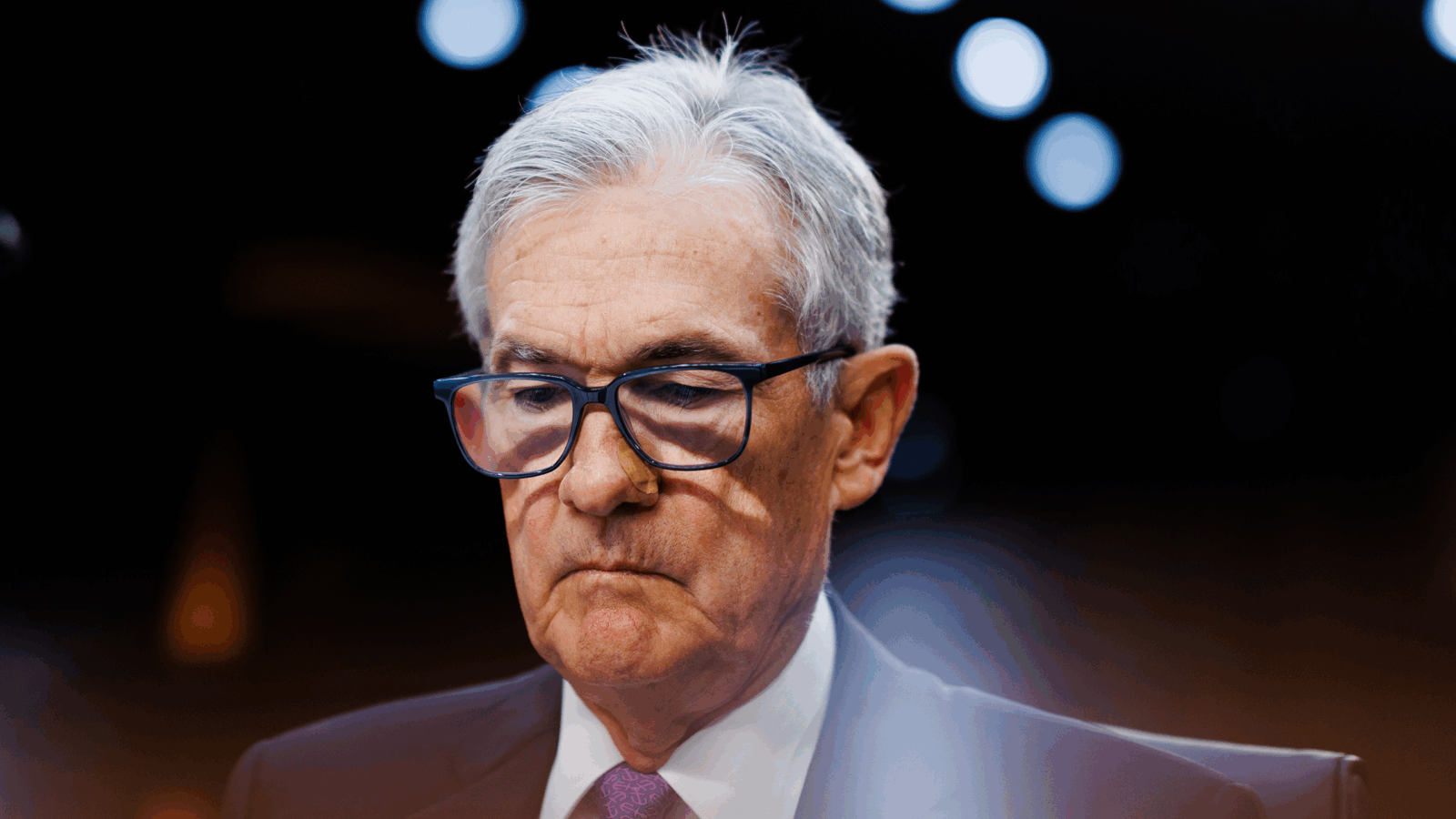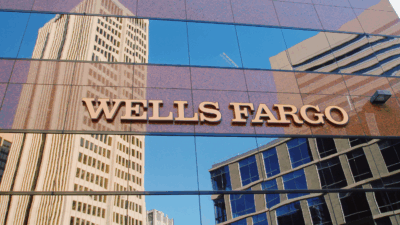Banks Are Making Hay Out of Post-Banking Crisis Safeguards
Banks are finding novel ways to game the Fed’s safeguard systems, according to a Wall Street Journal analysis.
Sign up for smart news, insights, and analysis on the biggest financial stories of the day.
In crisis, there’s opportunity. After a federal regulator response to crisis, there’s apparently even more.
In the wake of the epic banking implosion last year, the Federal Reserve established an emergency lending program to stave off further contagion. Nearly a year later, banks are finding novel ways to game the system, according to a Wall Street Journal analysis Wednesday.
He Called Bank
The banking collapse revealed a brewing liquidity crisis among small and regional banks set to be squeezed by the Fed’s interest-rate-hiking campaign. In response, the Fed offered liquidity, handing out one-year loans while accepting banks’ battered bonds as collateral. Interest rates on the loans are pegged to the average market expectation of rates in the next year, plus a tenth of a percentage point.
That made borrowing relatively expensive. But now, with the Fed widely expecting to start slashing interest rates in the coming months, its liquidity rescue plan is looking less like water and more like Gatorade:
- According to the WSJ, banks are now borrowing funds, parking them as overnight deposits at the central bank, and pocketing the difference between the 5% cost of capital in the emergency lending program and the 5.4% the Fed pays on parked cash.
- The program had loaned over $141 billion on Wednesday, a record high since its inception, and a 25% increase from mid-November when the concept of interest-rate slashes first started looking like a reality.
That’s All, Folks: Banks are eating while the getting is good, but the meal may soon be over. The program is scheduled to sunset in mid-March. Meanwhile, the economy has been so hot, some investors think the Fed may even exercise a little more restraint than expected when it starts to lower rates. All good things must come to an end.












